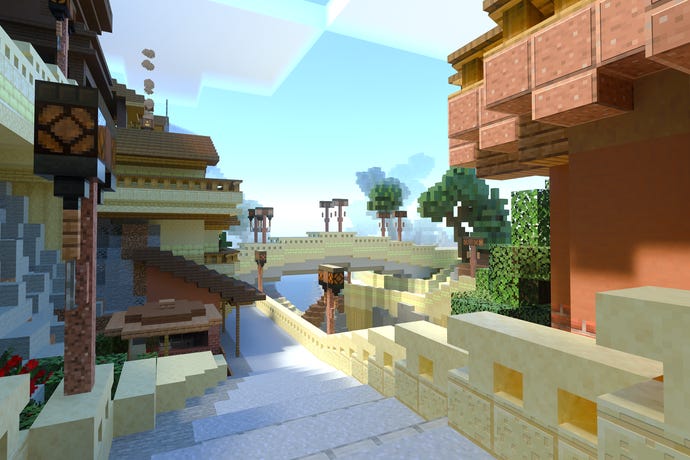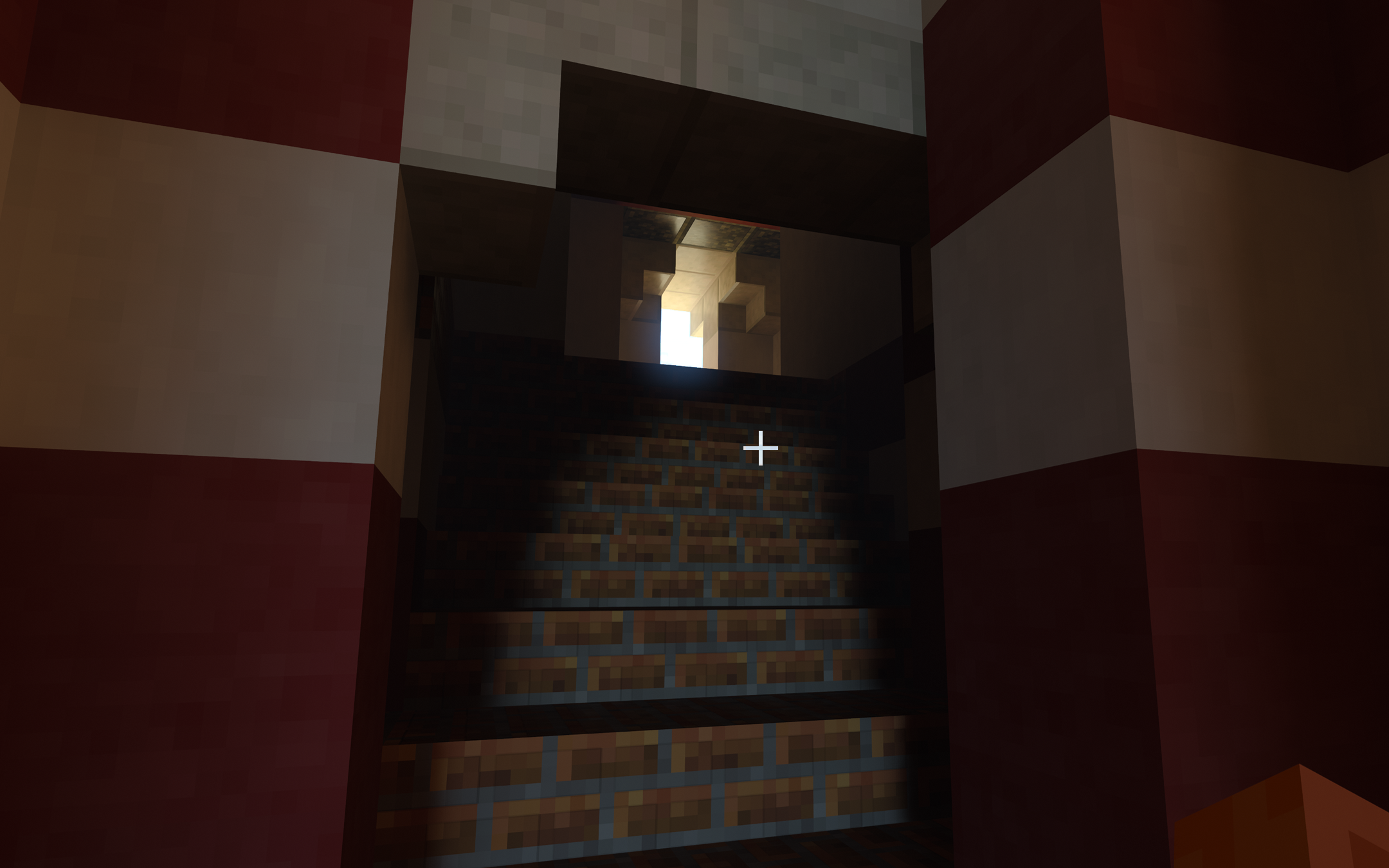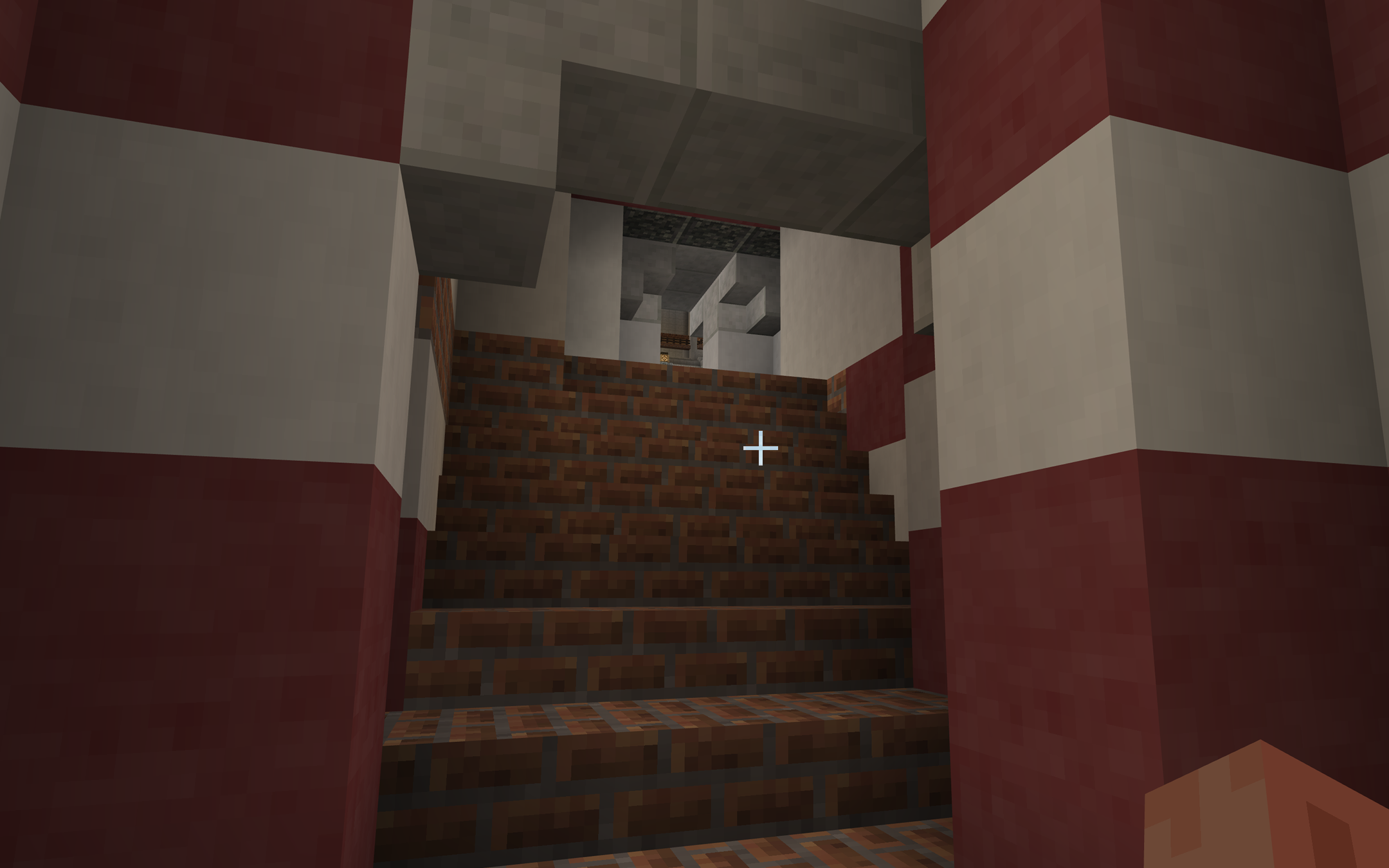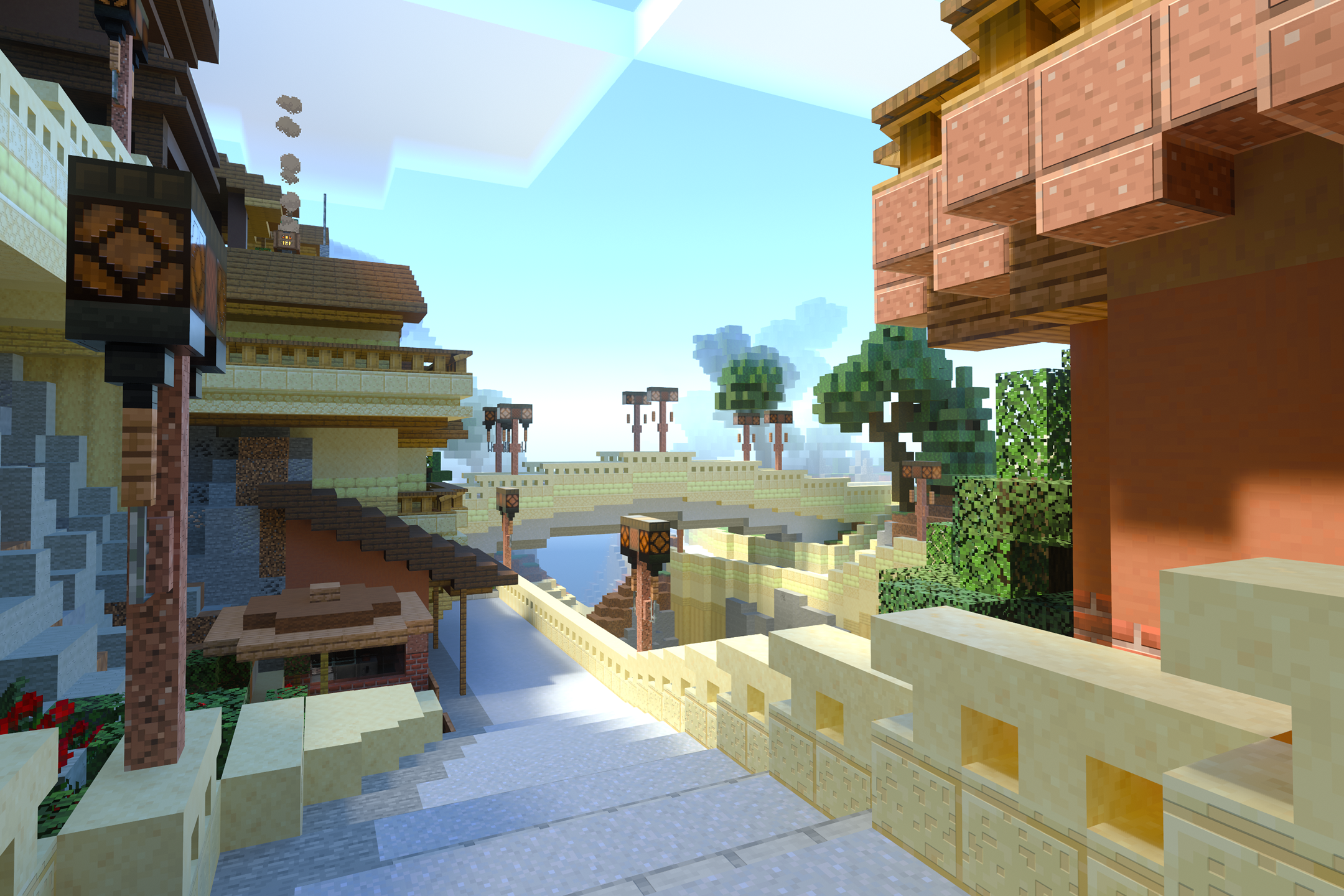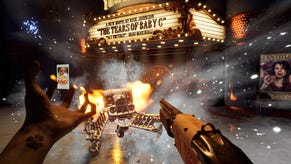The Nvidia RTX 3060 and Minecraft perfectly showcase that mindblowing ray-tracing can be affordable - or will be, once you can find one
Returning to ray-traced Minecraft on the Nvidia RTX 3060 reminds me that this technology is the real next generation.
The fact that ray tracing is ‘the future’, whatever that really means, isn’t really up for debate any longer, as far as I’m concerned. The first time I saw Nvidia’s real-time ray tracing demonstrations I was blown away, but assumed it was a workstation type demo that wouldn’t be implemented in real-time gaming for many years. A short time later it was available in video games, however - albeit in a less effective form, and only on the most powerful graphics cards. It was nevertheless impressive, mind. That, to me, was the next generation - but it was expensive.
Finally, though, it feels like we’re getting there. I’ve spent the last few weeks toying around with the Nvidia GeForce RTX 3060, the entry-level video card that supports all the latest features - and it costs just $330/£300.
Or, y’know - it should cost that. We all know right now that there’s a serious chip shortage worldwide, and scalper scum are hoovering up any GPUs they can get their hands on, while unscrupulous retailers are inflating prices or forcing people to get cards as part of a PC build. It’s a disgrace, and it’ll hopefully be over soon enough, but it’s also important, I think, to track what’s good on the marketplace and how worthwhile it is to set up price alerts and the like for these new cards. So - let me talk about my experiences with the RTX 3060 a little.
The 3060 is the latest and presumably final entry in Nvidia’s basic 30-series line-up, slotting in just below the 3060 Ti, which we reviewed in December of last year. There’s a moderate price difference between the two (the 3060 Ti is $70 more, at $400), and there’s also a difference in performance that more or less aligns with that price differential. Ultimately, both the 3060 and the 3060 Ti are excellent value for their price brackets - and the new 3060 really drives the RRP down into a very reasonable territory. These prices are now lower than the new-generation consoles (the weaker Xbox Series S excepted), making a PC upgrade potentially more palatable than even upgrading to Sony or Microsoft’s newest box - and the performance is something to get excited about.
At a base level, these are really just bloody good graphics cards in their price bracket. The 3060 compares favorably to both of its direct predecessors, happily outperforming the RTX 2060 and offering a more than acceptable bump in performance over the massively popular, 2-generations old GTX 1060.
That last note is significant - if you hop over to the Steam Hardware Survey, it shows that the GTX 1060 remains a hugely popular GPU, used by almost 10% of survey participants. This sort of card sits in a more justifiable price bracket, thus its dominance - and we now have an attractive follow-up that clocks in at $330 while offering with real-time ray tracing, game-changing performance, and all of the other key RTX features. Sure, if you’ve got money burning a hole in your pocket the RTX 3080 is the high-end one to have - but the 3060 and its Ti variant are great ‘sweet spot’ cards.
One of the best ways to demonstrate the potential of this card is with Minecraft. It’s a simple-looking game, of course, but as I explained the last time I took the ray-traced version of Minecraft for a spin, back in its earliest phases, that simplicity makes it a great place to experiment with those RTX features. In many ways, Minecraft is more profoundly changed by the addition of ray tracing than photo-realistic games like Battlefield or Metro Exodus.
Above, there’s one of my favourite shots of Minecraft that I’ve taken within RTX. This is from the Colosseum, one of the showcase worlds Nvidia has put together to show what their ray-tracing solution can do for the game. I love this shot because of the simplicity of it: a stairwell leading up and out into the bright daylight, which streams down the stairs, the light bouncing and dynamic shadows cast on the way. Now, here’s the same image with ray tracing turned off:
It’s basically a different game, right? This sort of thing is borne out right throughout the Minecraft experience, too. Exploring caves is suddenly more dense with atmosphere - and, to be honest, dread - as light and shadow plays about the blocky geometry of the world. Outside, be that in a village, or in the open, or under the cover of a forest, the light from the sun filters through in interesting ways, and the realistic shadows give the whole world a much greater sense of presence.
This is why Minecraft is such a great fit. All the sharp edges and flat-panel surfaces suit ray-tracing well and suit creating sharp real-time shadows even better. Nvidia seems to know this - as well as Minecraft’s status as one of the biggest games in the world - as the company keeps putting more and more behind Minecraft RTX.
This month, the company released five new worlds created in partnership with Minecraft pros, each designed as a little self-enclosed adventure or breathtaking demonstration of how the game can look with those RTX features turned on. On top of that, the performance and rendering is being regularly improved. In many ways, Minecraft is a test bed for the continuing improvement of this technology.
The RTX 3060 and its slightly souped-up sibling might not be designed for 4K (2160p), but they’re strong 1080p cards with a good 1440p upside, with greater performance than previous-generation cards while bundling in the very latest technology that unlocks ray tracing and DLSS, both of which are vital for getting the most bang for your buck.
What’s surprising is that you can get this level of ray tracing performance and still maintain a solid frame rate at 1080p or 1440p at this price point. That’s all thanks to DLSS, or deep learning super sampling, which is basically a very clever solution for rendering games at a lower resolution and then using a trained artificial intelligence algorithm to fill in the games.
The result is that you can make a much lower resolution initial output look pretty much native once it’s upscaled to your target resolution and presented to you on-screen - and like ray tracing, DLSS is being improved and upgraded all the time. Minecraft now supports the 2.0 version, as do other big ray-traced games like Control, Fortnite, and Cyberpunk 2077. That’s why these cheaper cards can do what they do at the level they do - it’s all about lowering the initial render resolution to get that frame rate up even with real-time ray-traced lighting and shadows, and then covering up the resolution deficit with very clever upscaling.
Most will likely never notice what’s going on behind-the-scenes. DLSS, like ray tracing, has to be directly implemented into games by developers - but it's seeing a strong uptake, and those implementing ray tracing in particular see why it's a necessity. On the console side, the AMD-powered Microsoft and Sony are both seemingly working on versions of this technology - but the PC is, as ever, ahead.
The ray tracing and DLSS tasks that are offloaded to the RT cores are what make the 3060 such a tasty proposition: it can give you these features without too much of a compromise - and it’s perfect for those who want a GPU upgrade to give game visuals an oomph but aren’t yet ready to move on from a 1080p or 1440p monitor. The only problem now, of course, is the absolute inability to buy one. Here’s hoping the supply issue gets resolved soon enough...
